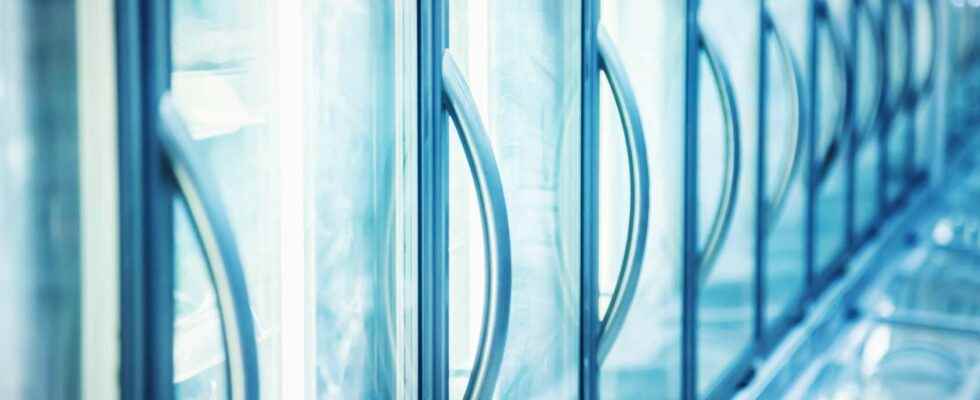A refrigerant is a fluid or a mixture of fluids with specific characteristics physical to exploit a compression/relaxation cycle to transfer the heat. In particular, they have a low evaporation temperature under atmospheric pressure. Refrigerants are used to cool refrigerating devices (fridgefreezer, air conditioner…). In these devices, the refrigerant is also used to transport the compressor oil.
Refrigerants can be classified into four main families:
- pure inorganic fluids: water, ammoniaCO2…;
- the hydrocarbons : butane, isobutane, propane, propylene;
- halogenated hydrocarbons: chlorofluorocarbons (CFCs), hydrofluorocarbons (HFCs) and hydrochlorofluorocarbons (HCFCs) and perfluorocarbons (PFCs);
- other fluids, used quite rarely: ethers oxides, alcoholstrihalogenated, fluorinated and chromium compounds.
CFCs, widely used during the 20thand century, were banned by the Montreal Protocol in 1987 because of their destructive impact on the ozone layer. HCFCs were also banned in 2015. These fluids have been replaced by HFCs, which contain no chlorine toxic to the ozone layerbut contribute to thegreenhouse effect. So they too will be gradually banned thanks to an agreement signed in 2016.
Nomenclature of refrigerants
Refrigerants are subject to an international nomenclature. The ASHRAE, one of the most widely used, designates refrigerants by the letter R (which means refrigerant) associated with 2, 3 or 4 digits which represent the number ofatoms of each constituent or links plus possibly a letter to identify the isomers. The 400 and 500 series (R407A, for example) are mixtures of fluids. Refrigerants are also classified in a safety group according to their toxicity or flammability (the capital letter corresponds to toxicity and the number to flammability).
How to choose a refrigerant?
The choice of a refrigerant depends on its use and is made according to several criteria: its safety of use, its environmental impact (ODP, Ozone Depletion Potential and GWP, global warming power) and its qualities thermodynamics. None are perfect! I’ammonia is for example very irritating and corrosive in the event of a leak, but has no impact on thegreenhouse effect and it is economical. Hydrocarbons have a high cooling capacity but are highly flammable. the CO2 has a GWP 1,000 to 2,000 times lower than HFCs but it operates at very high temperatures, which poses a hardware reliability problem.
You will also be interested
Interested in what you just read?
